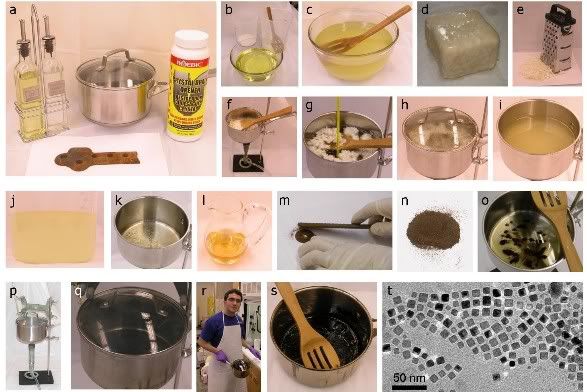Heptahydrates
Radiant1,
I have talked about this in the past under Heptahydrates read through the posts. Instructions I gave to Lidmotor and Ibpointlass just tonight.
Look at the Heptahydrates, Silicates, Sodium Carbonate Salt Substitute this is all compatible, cook your copper until you get that color that I'm talking about. also forming the cell is very important under load. Impedance is the next issue 1/2 backs up into the cell. don't spray paint anything and no WD40 at all, just that straight mix, try it.
Real simple mix no rocket science here.
John B
Originally posted by radiant1
View Post
Radiant1,
I have talked about this in the past under Heptahydrates read through the posts. Instructions I gave to Lidmotor and Ibpointlass just tonight.
Look at the Heptahydrates, Silicates, Sodium Carbonate Salt Substitute this is all compatible, cook your copper until you get that color that I'm talking about. also forming the cell is very important under load. Impedance is the next issue 1/2 backs up into the cell. don't spray paint anything and no WD40 at all, just that straight mix, try it.
Real simple mix no rocket science here.
John B






Comment